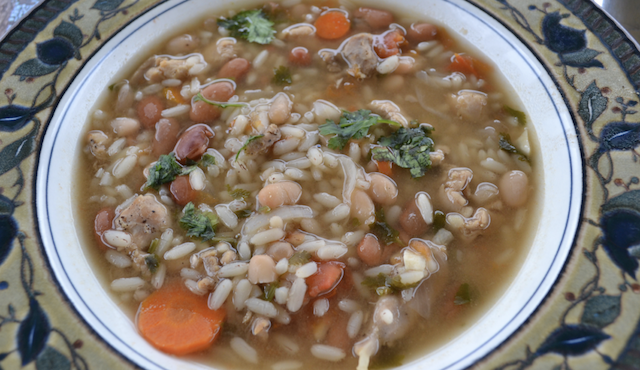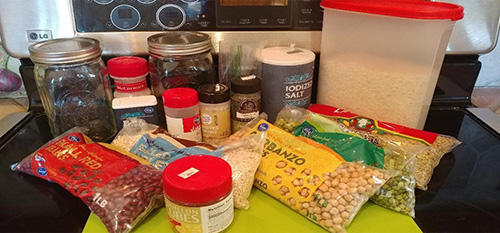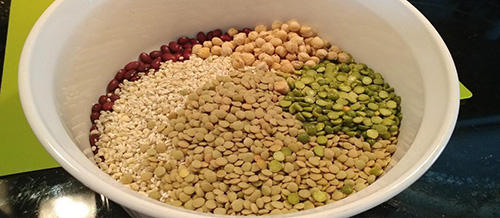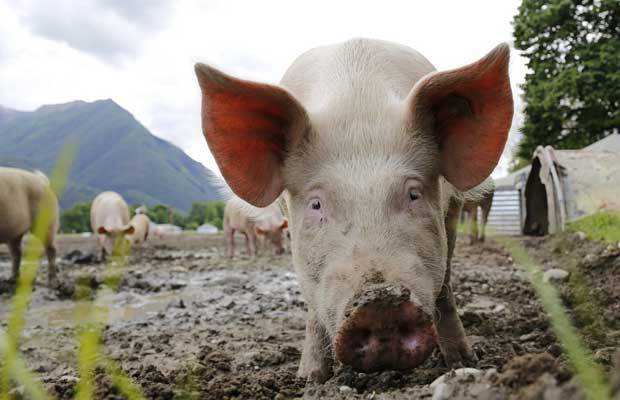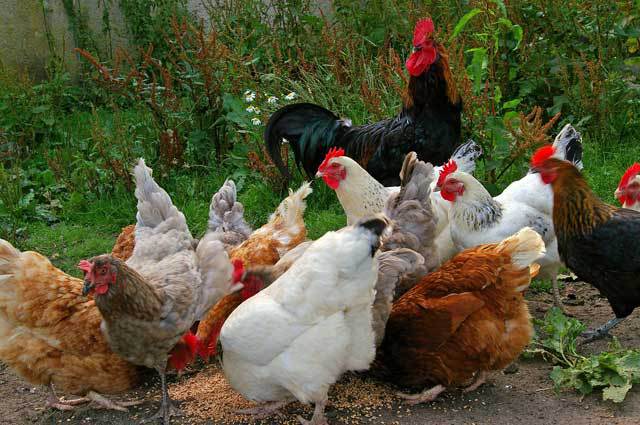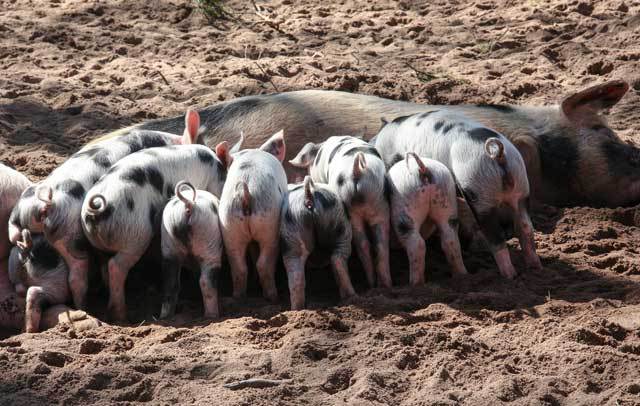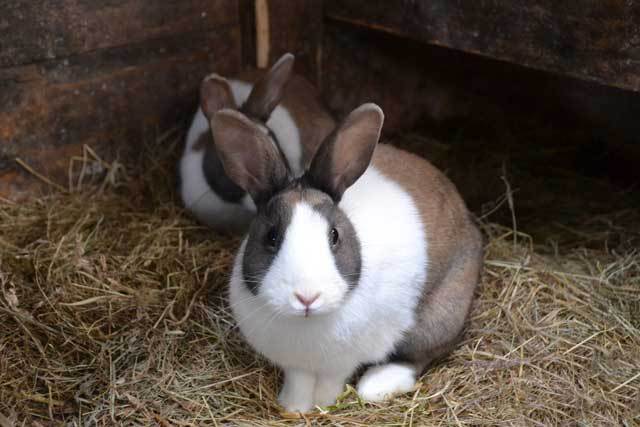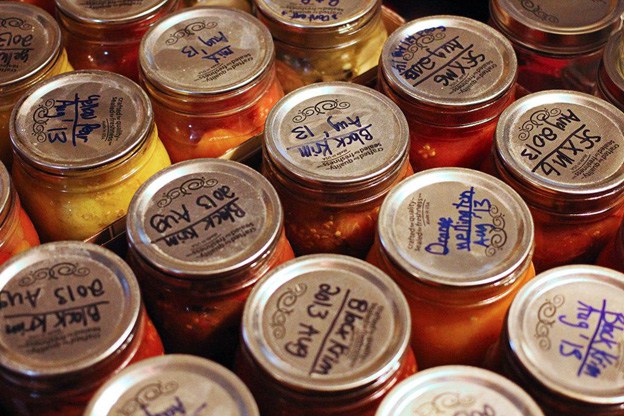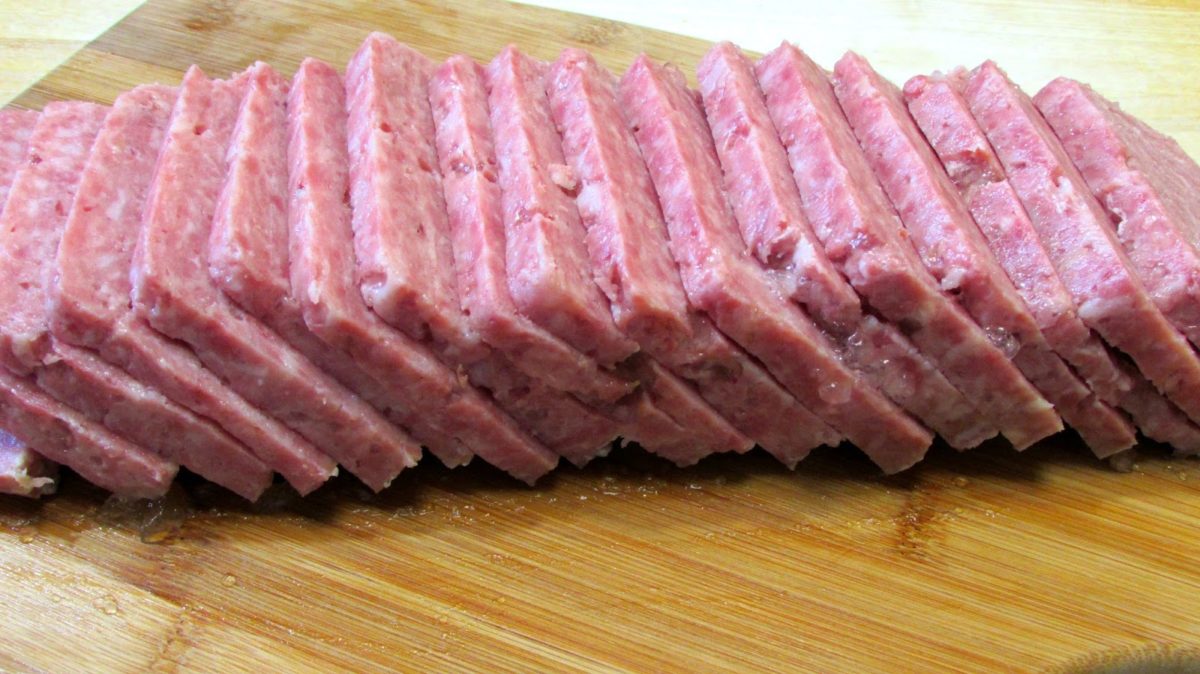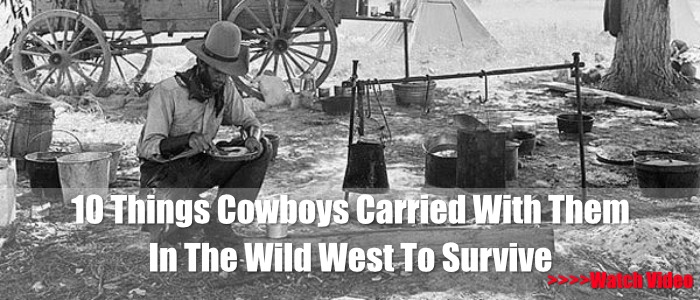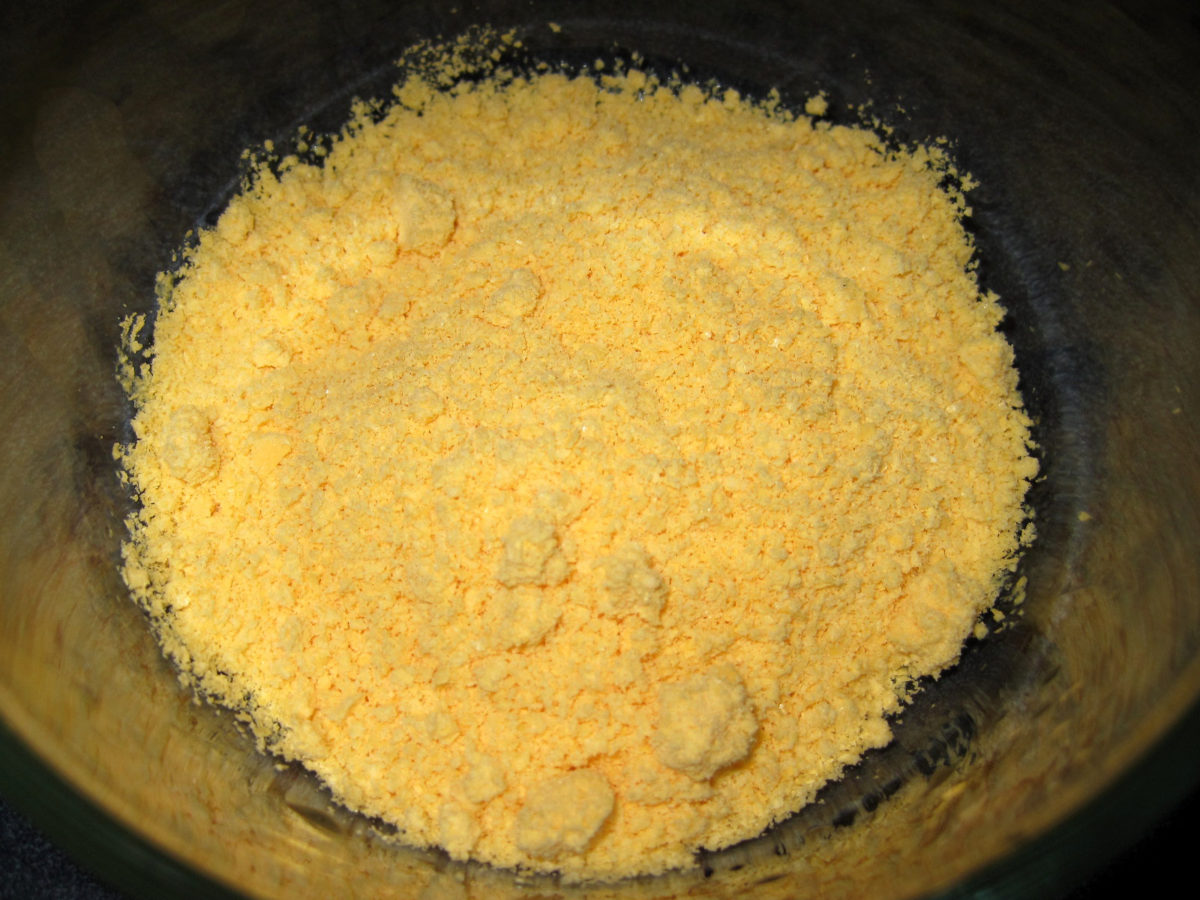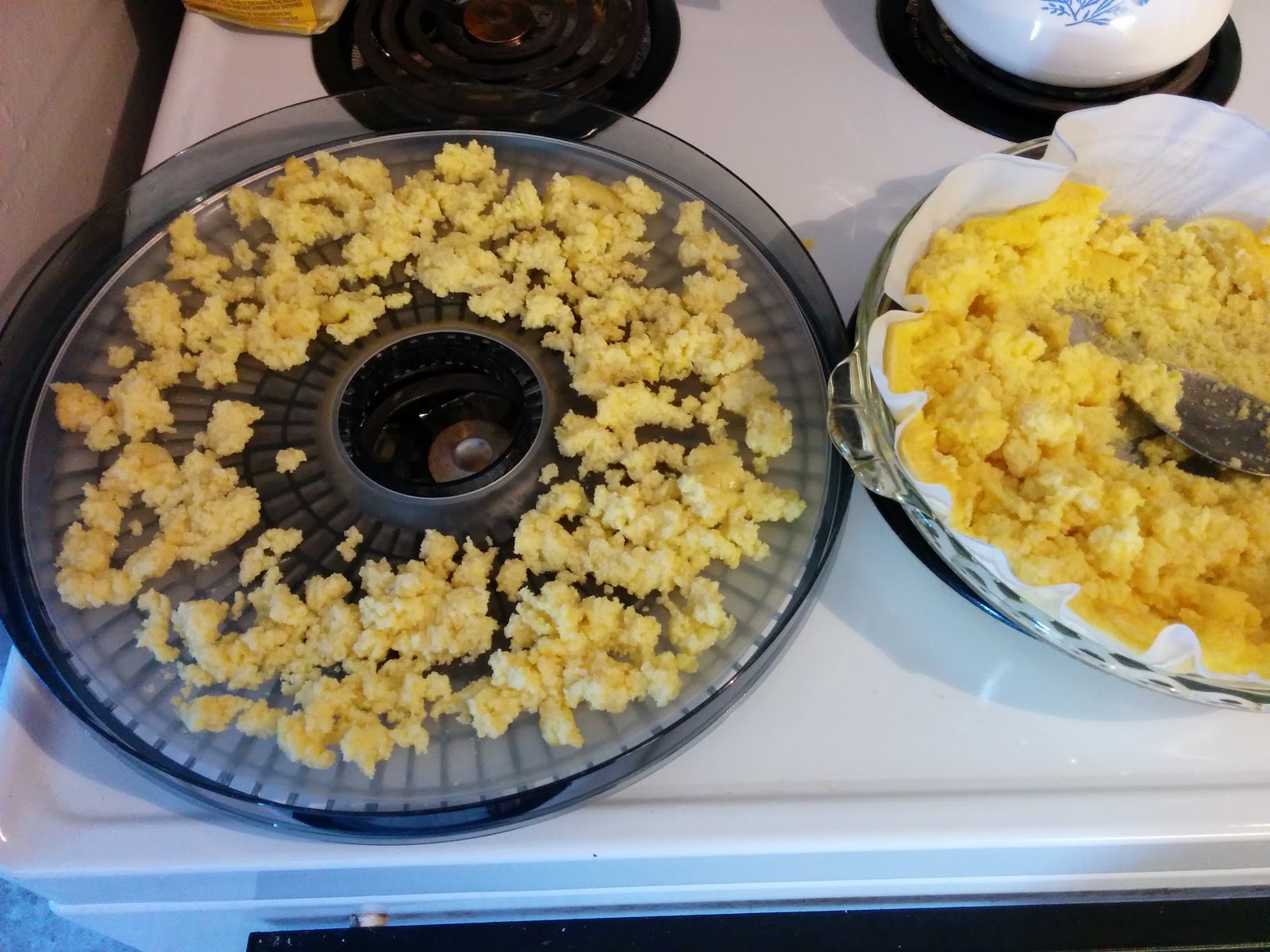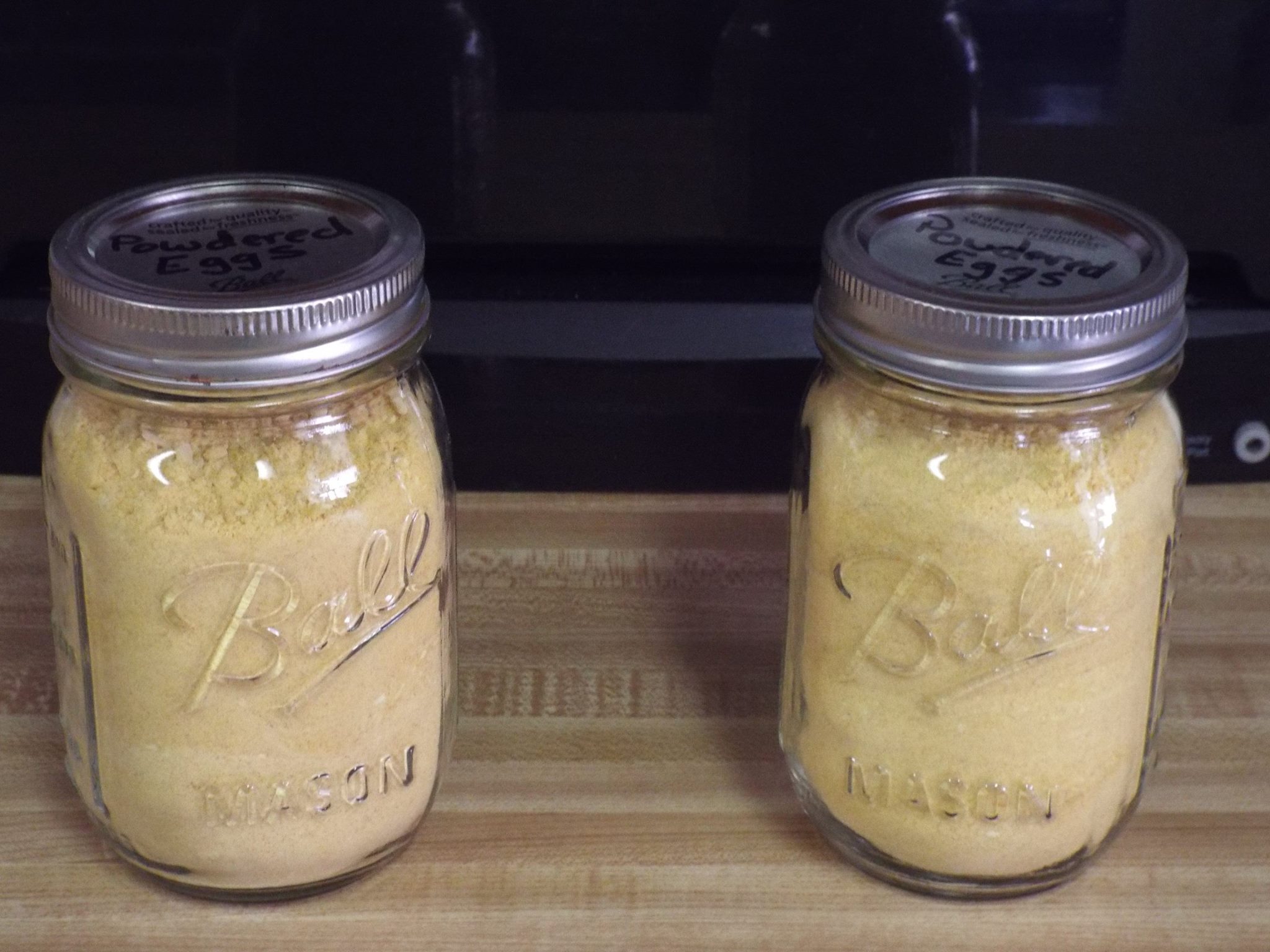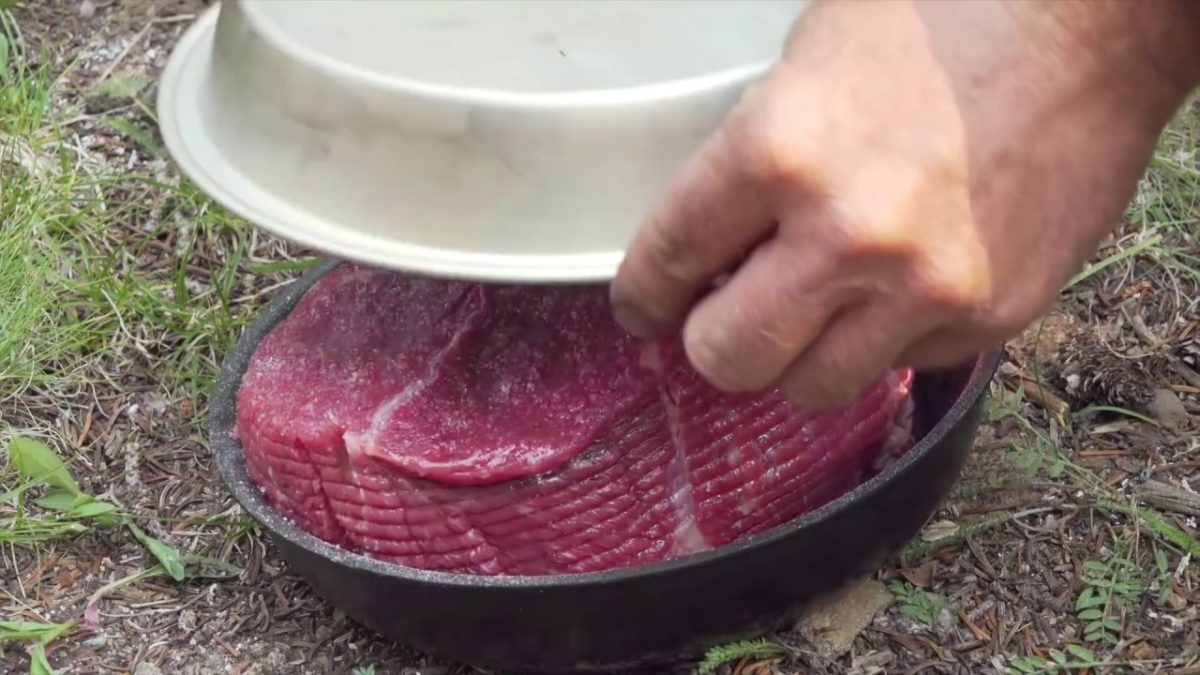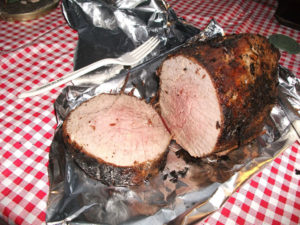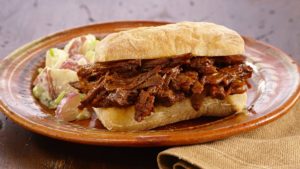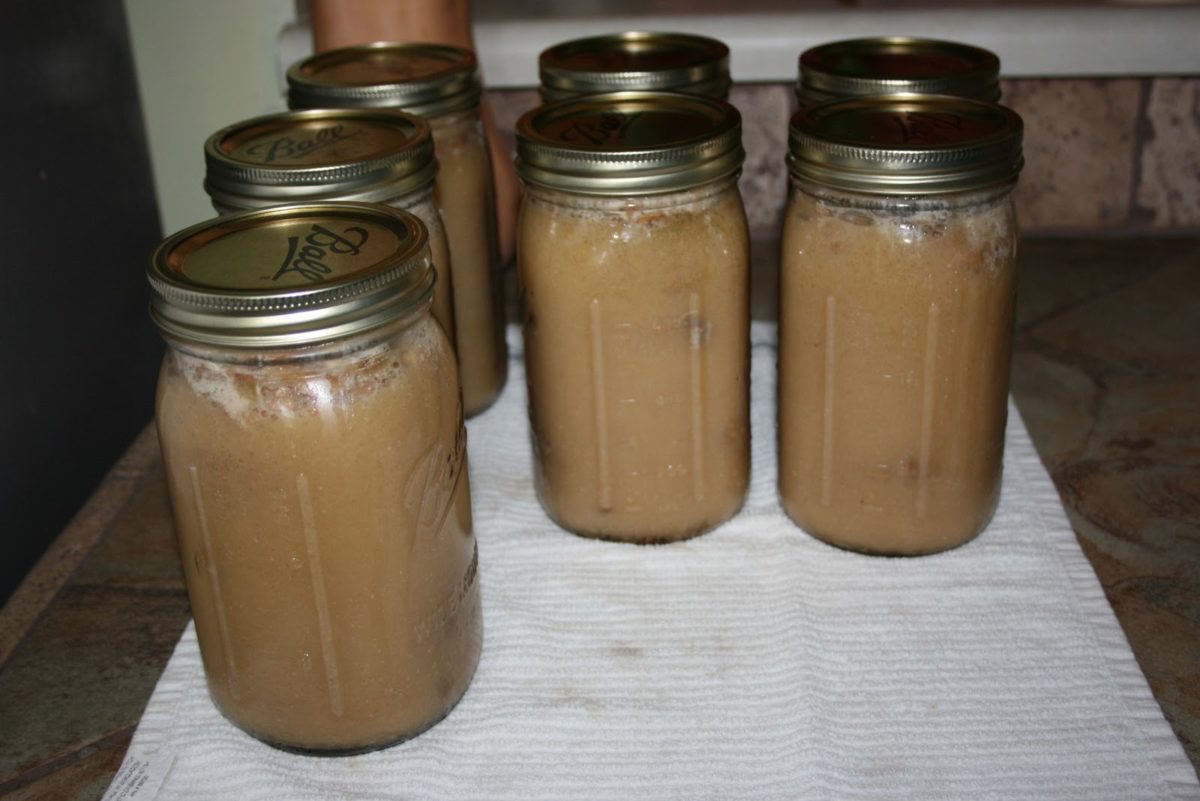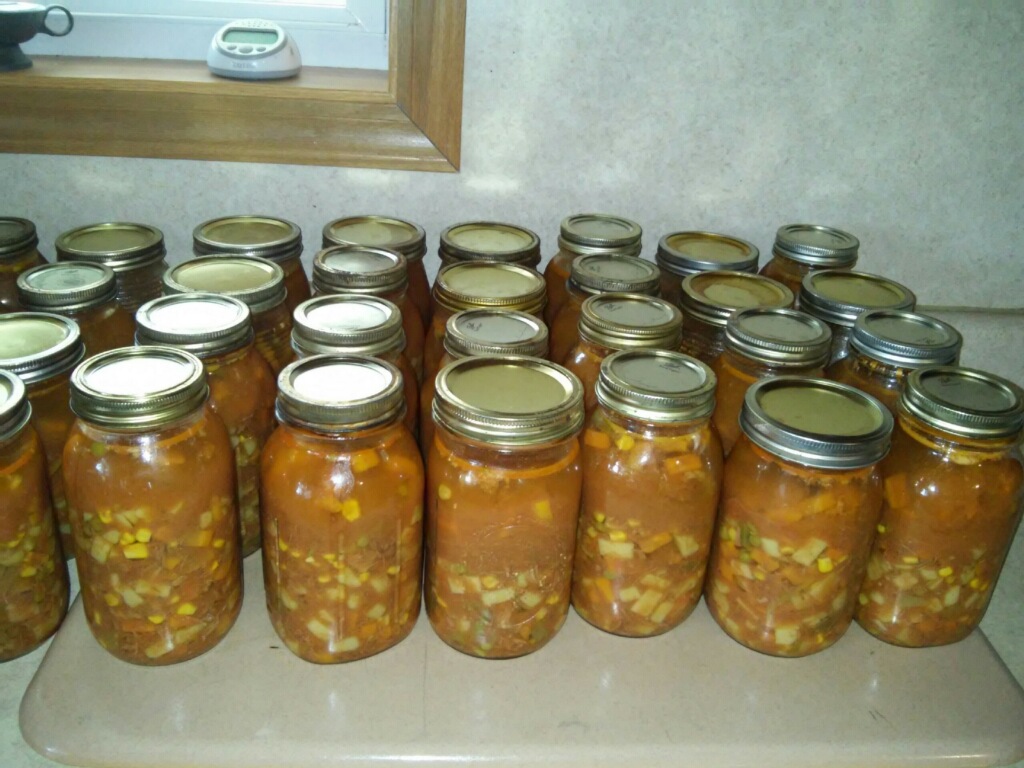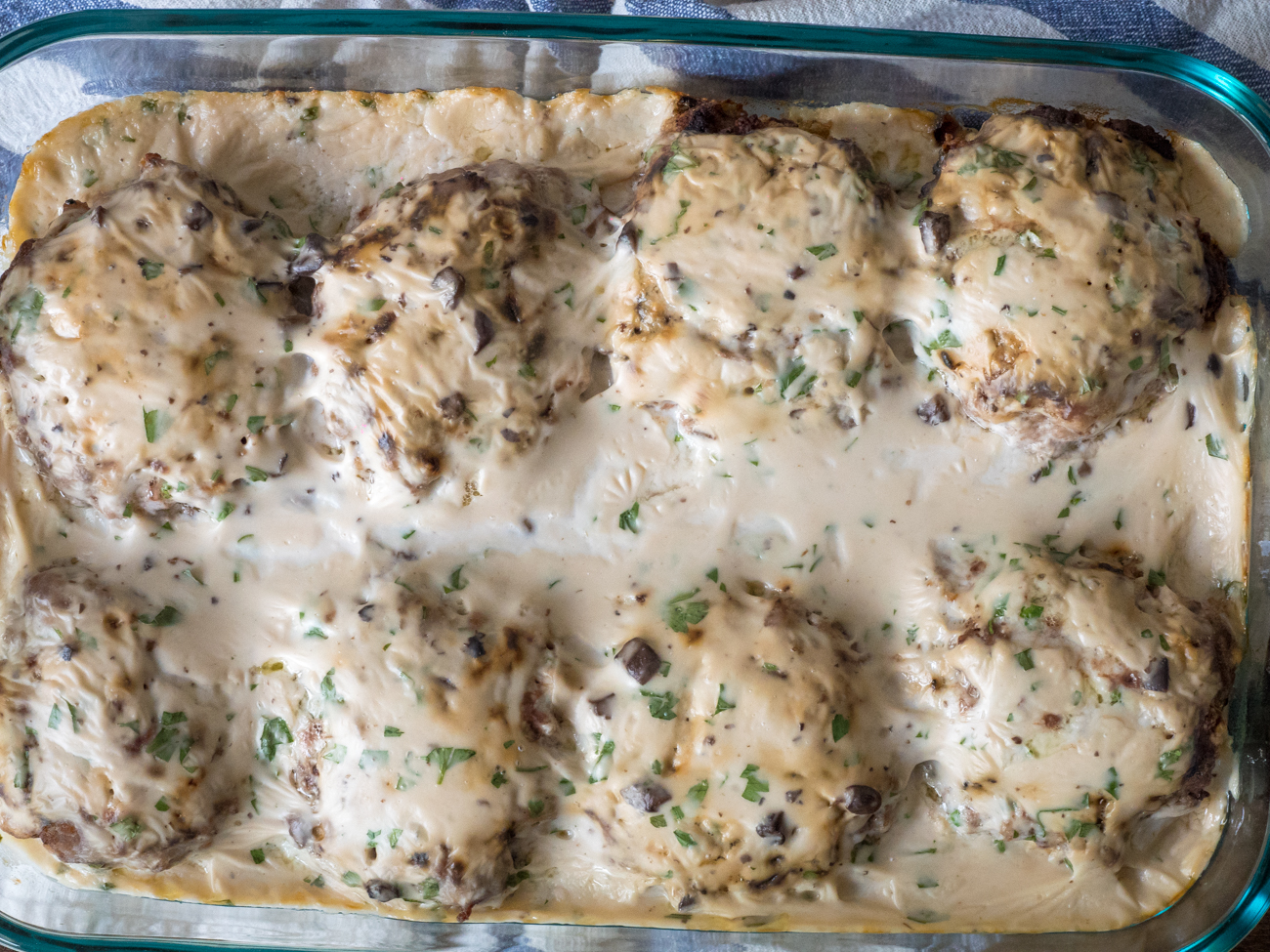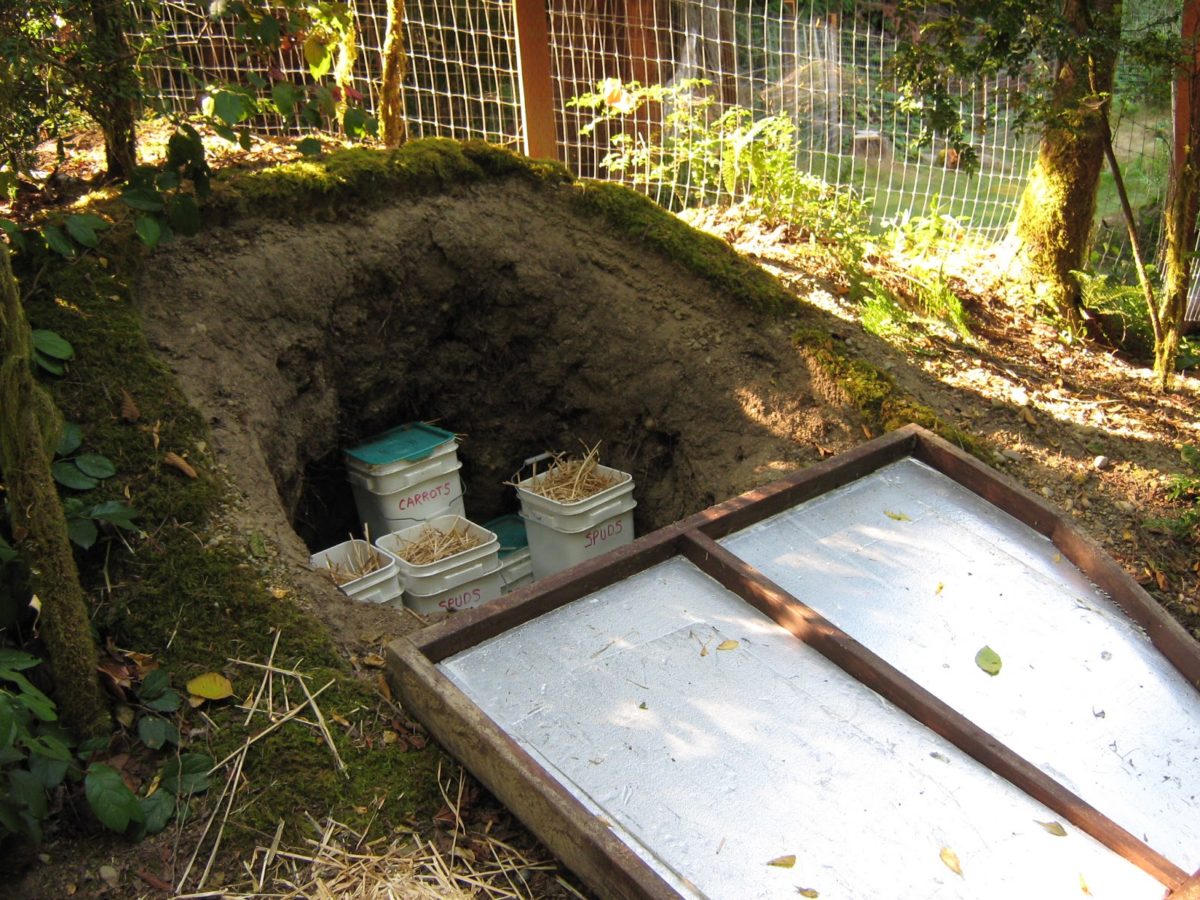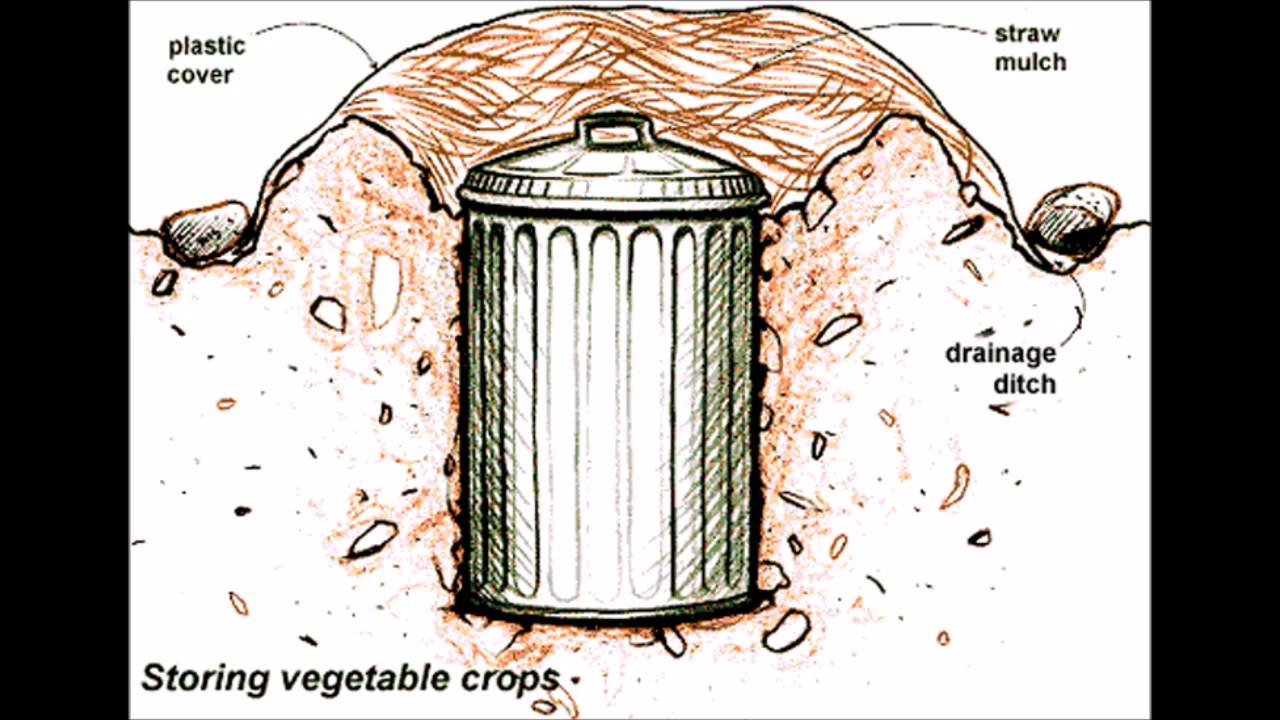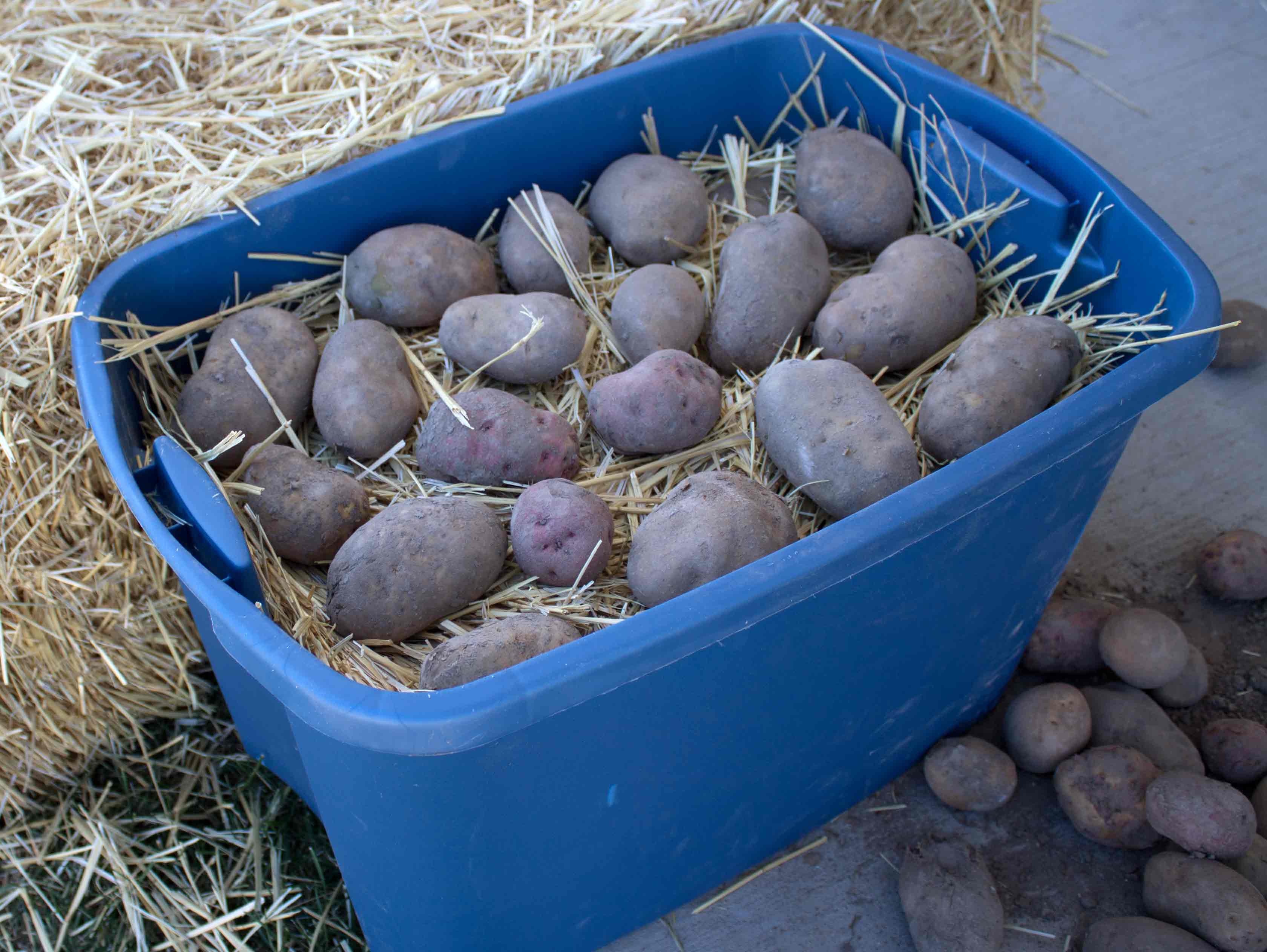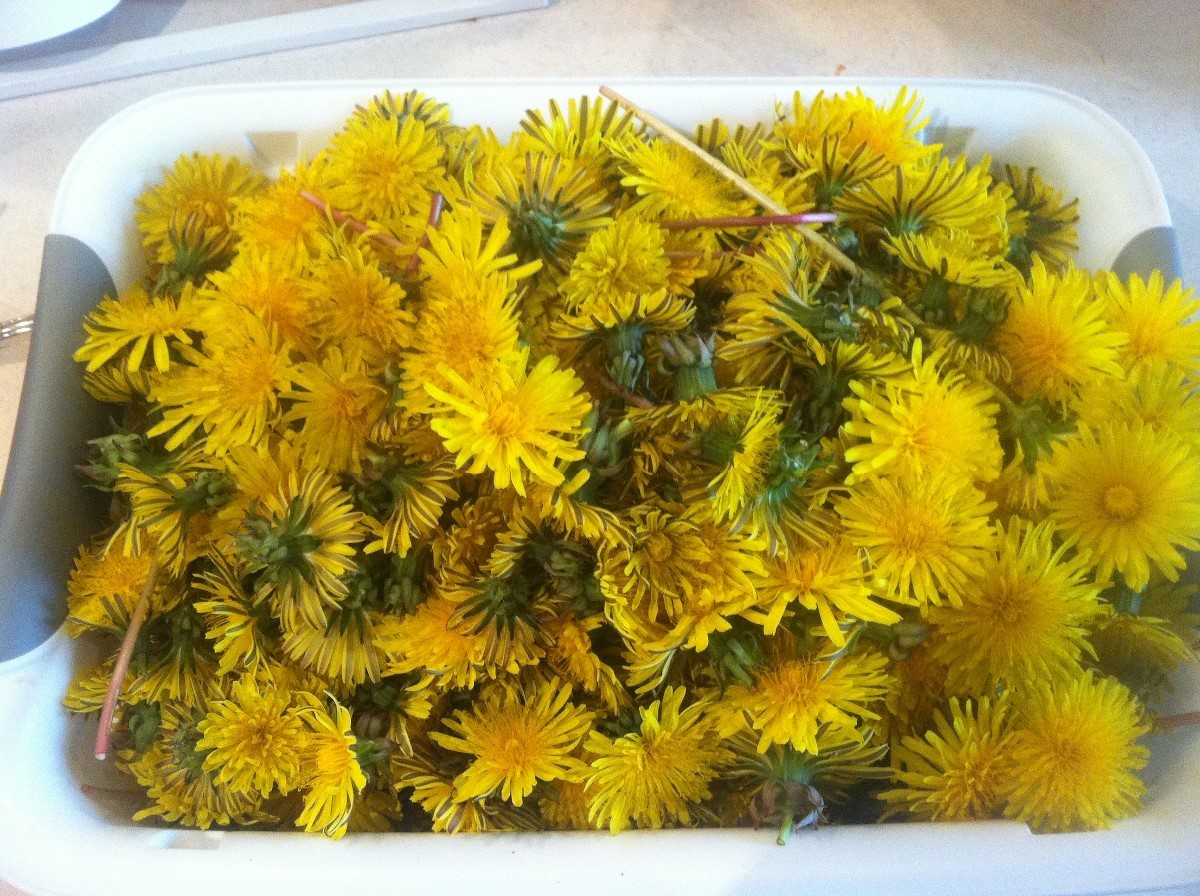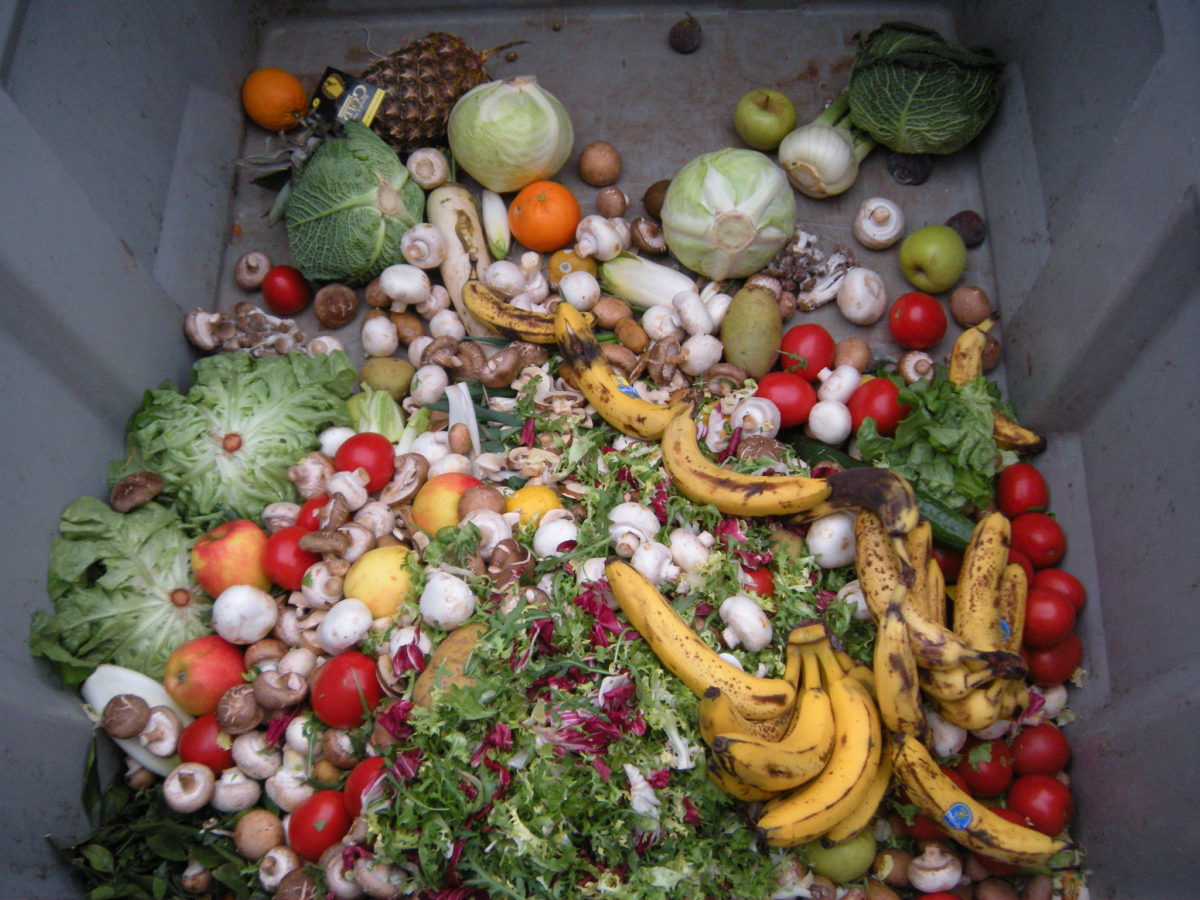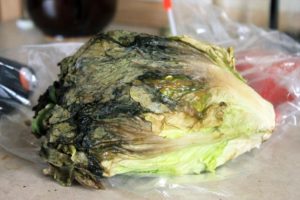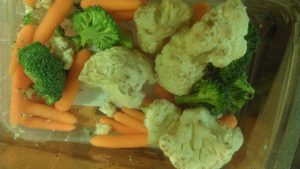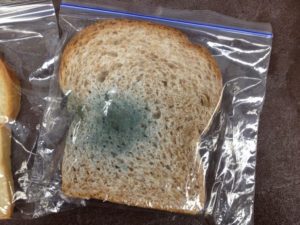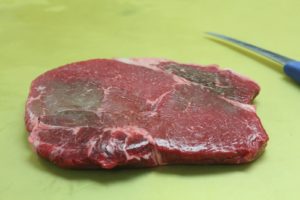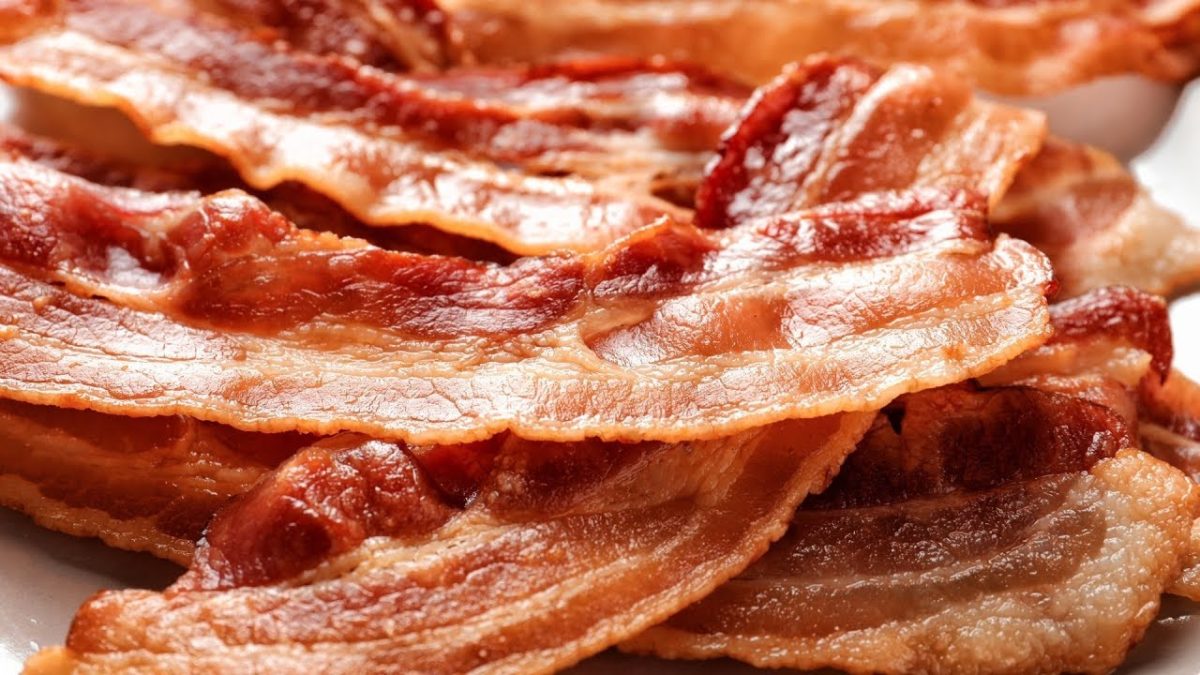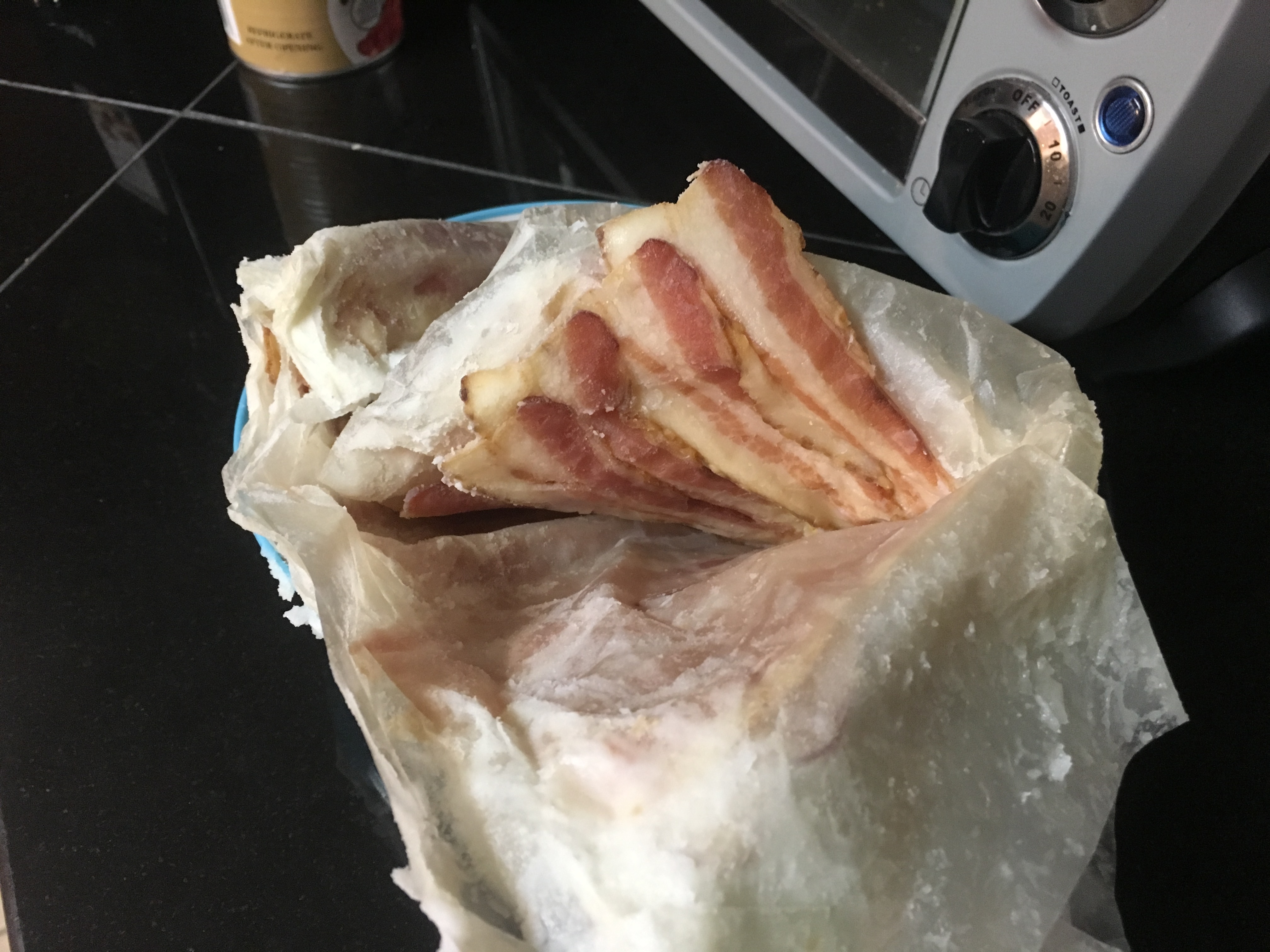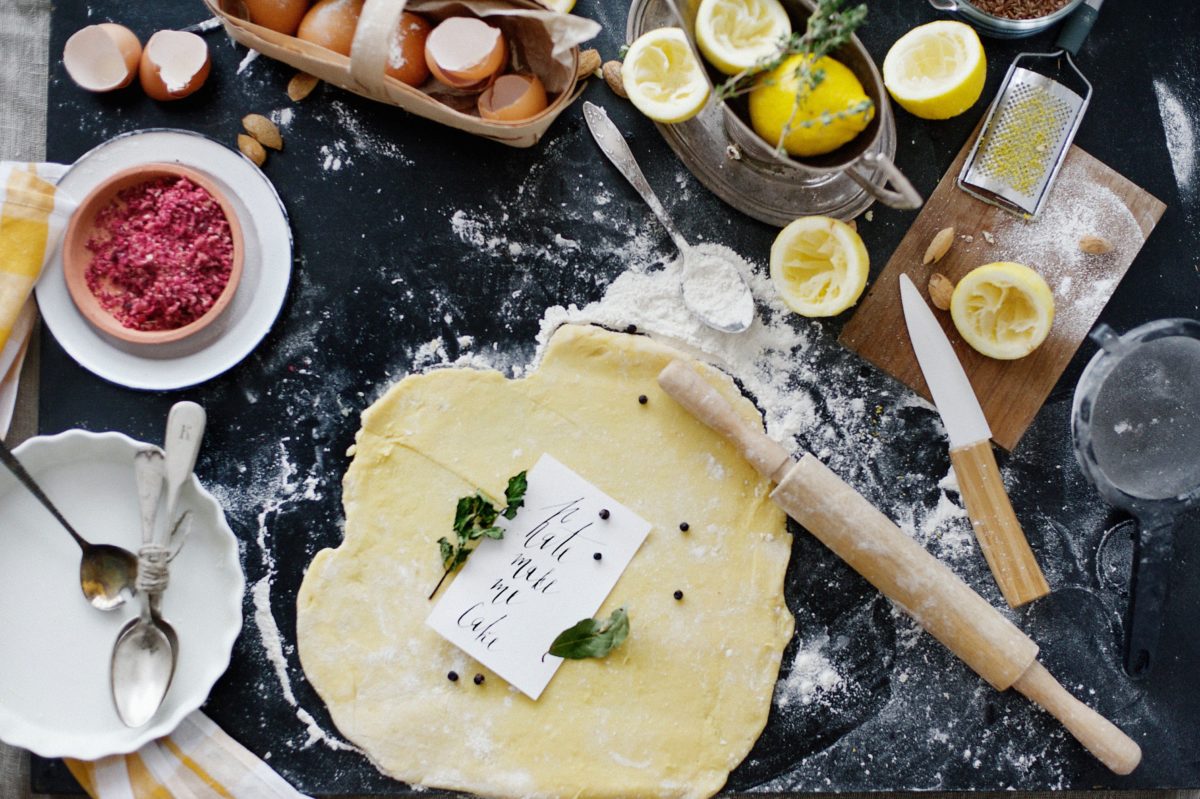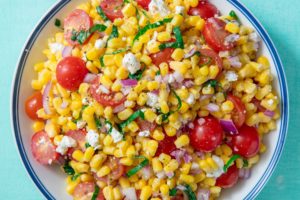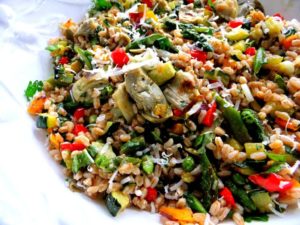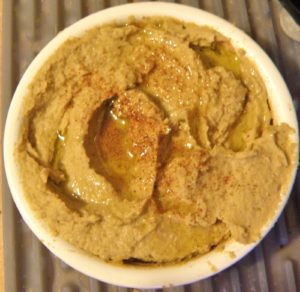Soup Recipe – Bean and Rice
I wanted to share this bean and rice survival soup recipe, because it’s an inexpensive and easy one to prep, store, and make when you’re ready to use it. Once it’s in the jar and stored, you will only need water and heat to have a hearty bowl of soup loaded with carbohydrates and proteins.
A great perk of this recipe is that it’s highly adaptable. You don’t like rice? Simply omit it. Or, you want it spicy and full of robust flavor? Add your choice of seasonings to the jar, which I will get into greater detail further down in the article.
Another way to adapt this recipe is the batch size. The first instructions I am about to share is for a large batch, which makes it appealing to preppers for survival because it makes about 270 meals for under $300. Based on a 2000-calorie per day recommendation, and assuming it’s the only available edible item in sight, it’s approximately 90 days worth of meals for one person.
Read more: Healthy Soil + Healthy Plants = Healthy You
I’m also going to share a much smaller batch that can be made for around $10-15, give or take a couple dollars. The cost will depend on what you add or omit, as well as the cost of groceries in your area. I will be demonstrating the smaller batch in photos.
First, the basic recipe for the large batch:
- 4 20-pound bags of white rice
- 22 1-pound bags of red kidney beans
- 22 1-pound bags of barley
- 22 1-pound bags of lentils
- 6 1-pound bags of green split peas
- 6 1-pound bags of chickpeas (Garbanzo beans)
- 30 pounds of dry bouillon (chicken, beef, or vegetable)
- Seasonings of choice (example: garlic, salt, pepper, cumin, oregano, or other dried spices and herbs)
And, the smaller batch recipe:
- 2/3 cup kidney beans
- 2 cup barley
- 1 cup lentils
- 1/4 cup green split peas
- 1/4 cup chickpeas
- 1 1/2 cup rice
- Bouillon (chicken, beef, or vegetable)
- *Seasonings of your choice
This all fits in 2 individual quart jars.
*The seasonings I chose (per quart jar) was 2 bouillon cubes, 1 teaspoon of salt, about 1 tablespoon of dried onions, about 1 tablespoon of dried celery flakes, 1 teaspoon tarragon, 1 teaspoon of black pepper, and 2 teaspoons of garlic powder. For the record, this is a relatively bland batch of seasonings. If you like spice and bold flavor, add more according to your own liking.
Now, that you have an idea what goes in it…what is the best way to store it?
Read more: The vital self-sufficiency lessons our great grand-fathers left us
Prepping For Storage
The prep is the same for both size batches, and is as follows:
#1. Mix all the beans in a large container.
#2. Fill a mason jar just under half way.
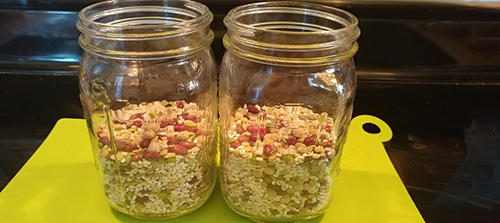
#3. Put 1-1.5 cups of rice in a baggie, then add the bag to the jar, leaving enough room to add a baggie of seasoning. The reason to separate the rice and seasoning is because the beans need to cook much longer than the rice, and this will allow you to add the rice later avoiding mushy rice.
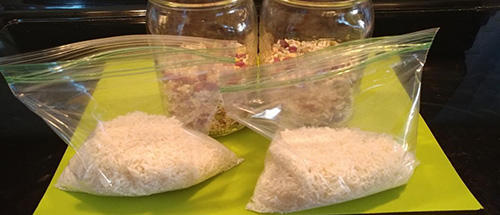
#4. Place the seasonings and bouillon you choose into a little baggie. Separating the spices also allows you to remove expired seasonings and replace them.
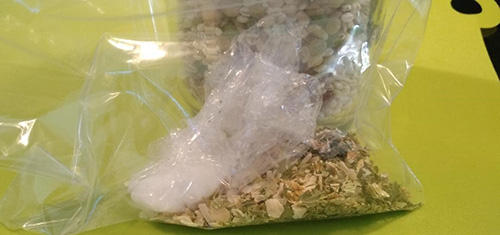
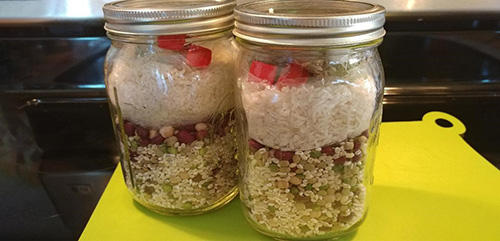
To make an individual pot of soup from this recipe, you will need the ingredients in the jar, and at least 3 quarts of water. Then follow these easy directions:
#1. Pour the water into your pot and place on a heat source.
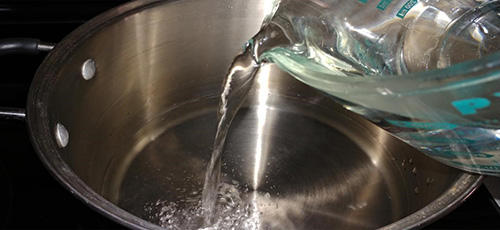
#2. Add the beans to the water.
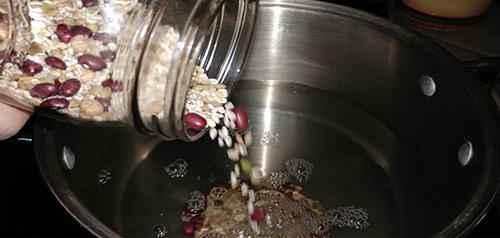
#3. Empty your seasoning packet, a little at a time if you prefer to taste as you go.
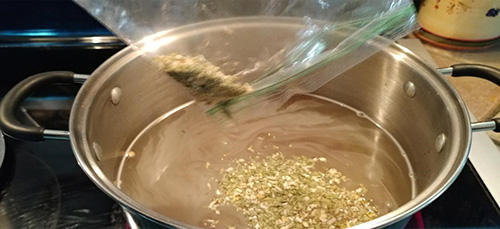
#4. Cover and simmer on a low heat, until the beans are soft, about 1 to 1.5 hours.
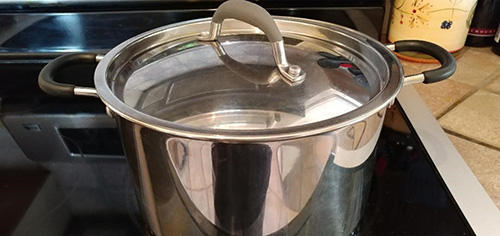
#5. Then add the rice, and simmer for another 20 minutes, or until done.
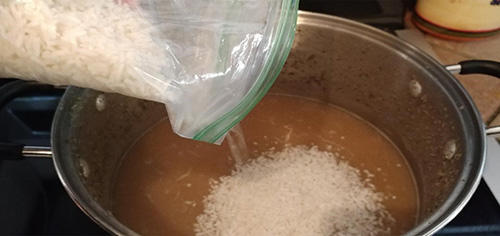
The finished soup is fairly thick. If you prefer a more brothy soup, add an additional quart of water in the beginning. But, I would then also add more seasonings as well.
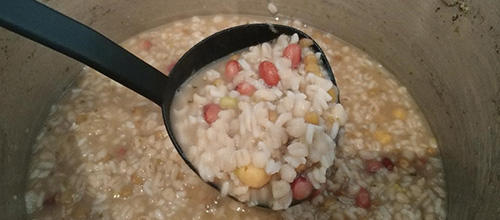
Shelf Life of the Ingredients
Keep in mind the shelf life for all ingredients that you add, such as:
- Dried beans – 10 years to indefinitely (depending who you believe)
- White rice – 4-5 years, unless vacuum sealed (then about 10 years)
- Spices – most ground, dried, or whole spices are good for 2-5 years
Read more: 4 Important Forgotten Skills used by our Ancestors that can help you in any crisis
So, as long as you separating the dried spices from the beans and rice, the above recipes should last a minimum of 2 years, depending on the spice.
However, there is no need to toss the entire batch. After 2-5 years, just change out the seasonings and start over for the expiration date.
If you do not want to store the batches in quart jars, you can also place the batches in quart or gallon size baggies. However, critters can get through bags much easier than glass jars. So, make sure to store the bags of ingredients in an airtight storage bin.
Optional Additions to the Soup
If circumstances allow, you can always add fresh ingredients, such as meat or veggies. Personally, I like a good ham added to bean soup.
But, if you’re in survival mode, that might not be an option. So, having more seasonings in the jar will allow for more flavor to develop, and you might not even miss the meat.
And, even though it will be an abundance of bean and rice soup, altering the seasonings between the batches will give you a bit of variety, which is especially nice if you are truly in a state of survival and don’t have anything else to eat.
However, having batches of this on hand is also great for the temporary survival situations, such as a bad storm knocking your power out for a week or two. One jar, a pot, water, and a source of heat is all you need to eat inexpensively and healthy for a while.
Other self-sufficiency and preparedness solutions recommended for you:
Healthy Soil + Healthy Plants = Healthy You
The vital self-sufficiency lessons our great grand-fathers left us
Knowledge to survive any medical crisis situation
Liberal’s hidden agenda: more than just your guns
Build yourself the only unlimited water source you’ll ever need
4 Important Forgotten Skills used by our Ancestors that can help you in any crisis
Secure your privacy in just 10 simple steps
I wanted to share this bean and rice survival soup recipe, because it’s an inexpensive and easy one to prep, store, and make when you’re ready to use it. Once

